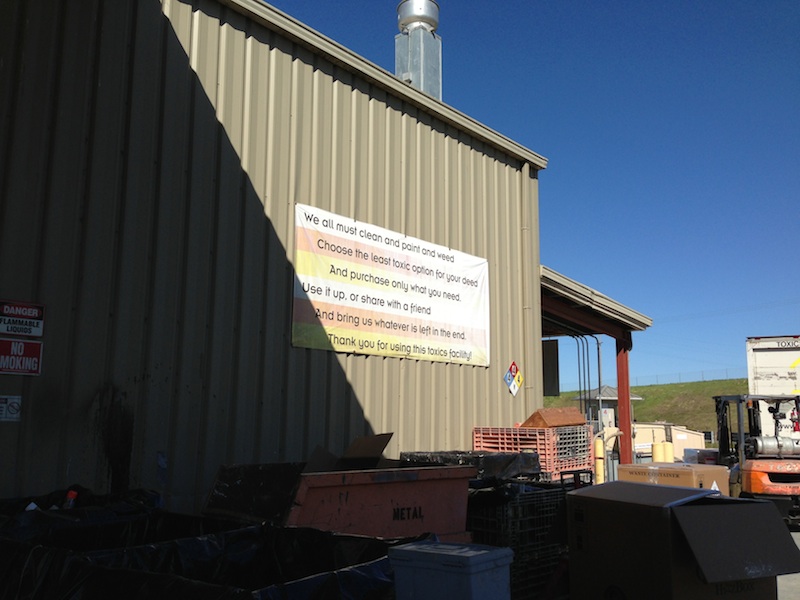I often get inquiries from fellow woodworkers about finishing products, particularly about the best way to extend the shelf life of various products:
Hello David,
Speaking of finishes, I was never a fan of poly but I tried the wipe on poly you recommended by General Finish. The sealer is very good and lasts a long time in the can, but the other poly products (gloss and semi) coagulate in the can after just a few weeks. Is this normal? Danish Oil, on the other hand, keeps for many months without setting up. One other thought, can the coagulated poly be reconstituted by thinning with mineral spirits? I tried but am nervous about applying it. Thanks for your help.
Regards,
John
Hello John,
General Finishes makes great products and it’s good to hear that you have been working with them. The coagulation’s or “skinning over” in the cans that you have been experiencing is quite normal. This process occurs due to the fact that Arm-R-Seal is made up of a blend of oil and polyurethane as well as solvents and driers. Polyurethane is an “air oxidizing finish” which means it dries by reacting with the oxygen in the air. As you use some of the finish and air begins to replace the loss of liquid in the can, the oxygen in the air, begins to react with the polyurethane in the can and the result is “that gel” that thickens and hardens on the top of the liquid.
My recommendation is to use a product called “Bloxygen” which is an inert gas containing Argon. Argon is heavier than air and when you lift the lid of the can and spray a 4 second shot in there, it will settle on top of the liquid and force the oxygen up to the top of the can. In my experience this product really works well and is worth the cost.
Here is a good YouTube video on Bloxygen:
I would also advise you to dispose of any any cans of finish that have skinned over. Using skinned over finishes is inviting trouble and they most likely will not dry or fully harden. I take my disposable finishes to the Sonoma County refuse area. Check out the attached photos and have fun at the recycle facility if you need to stop there.



One last piece of advice: always use the gloss finish for building all of your coats. If you want to dull the finish to a semi-gloss or satin, than apply one or two coats of a semi-gloss or satin finish for the last couple of coats. Another method is to use 0000 steel wool and some renaissance wax to lower the sheen and smooth the last coat of finish.

One thought on “Extending the Shelf Life of Your Finishing Products”
I use Bloxygen too, but have found it doesn’t work with all oil based finishes. It works well with Pratt & Lambert 38 and polyurethane but not Epifanes clear gloss varnish. When I use it, I blast enough in to displace *all* of the air in the container. However long that takes. I do that because using a smaller amount of Bloxygen will leave some air in the container. The argon will eventually mix with the remaining air. Which would allow any residual oxygen to react with the finish. This mixing of gasses is one method scuba divers use to make gas mixes. I find that a better method to save unused finish is to transfer the remaining portion to a smaller container. I use freezer safe (plastic) mason jars. I try to get the finish right up to the underside of the lid. I’ll use Bloxygen if necessary. Then I’ll wrap the joint between the lid and the jar with packing tape to improve the seal. This method has allowed me to save any oil based finish without having the unused portion “go bad”.
Comments are closed.